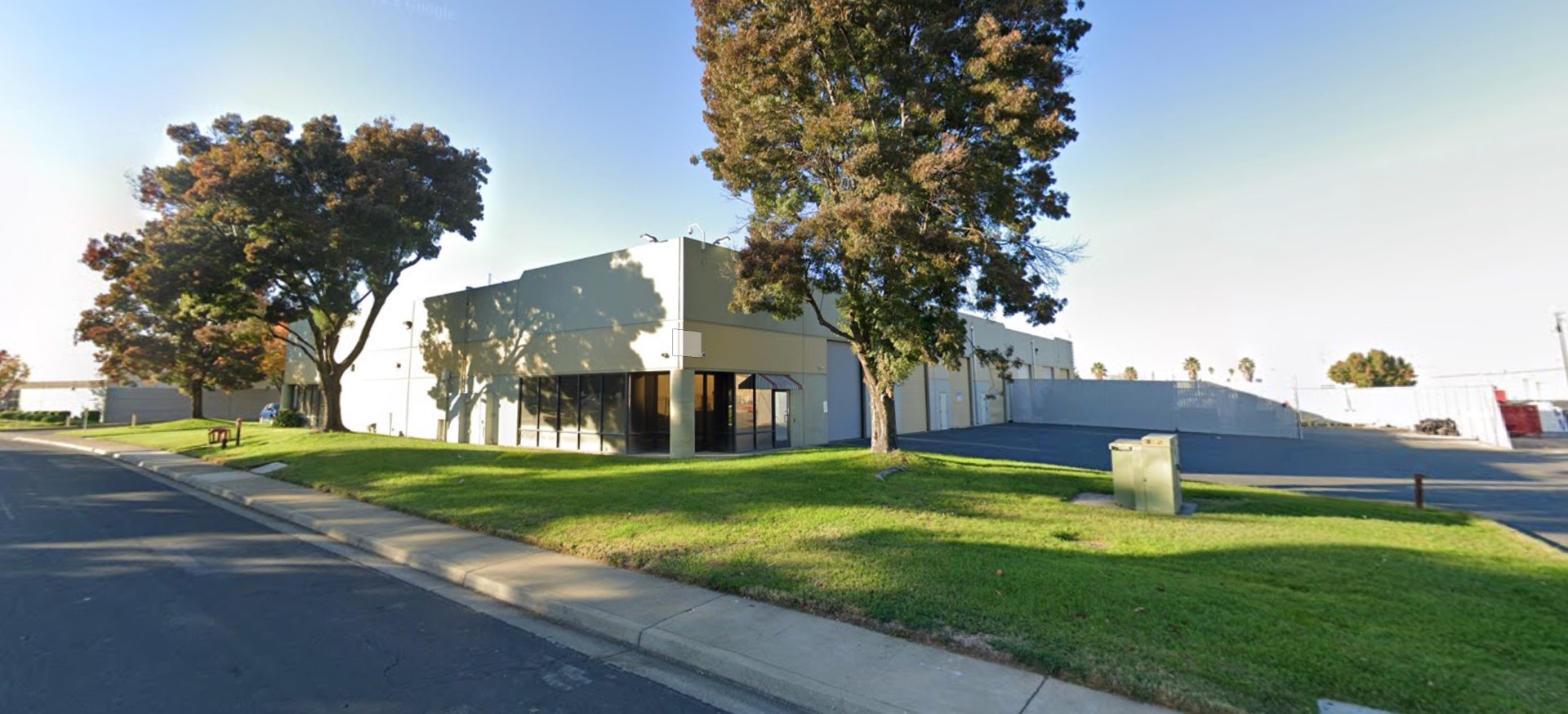As the cannabis industry bloomed in recent years, the patchwork of state-level regulations and federal foot-dragging kept major financial institutions waiting on the sidelines. Founded by the venerable Gould family in 2018, Rainbow Realty Group has filled this gap in the market by treating the cannabis industry like any other real estate investment, reaping the rewards in the process. Now, with more states allowing recreational usage and the federal government mulling rescheduling cannabis, Rainbow is launching a $100 million investment fund, its fourth, aimed at expanding their footprint in this budding market. We caught up with Rainbow Realty Group Chairman Matt Gould and CEO Kyle Shenfeld to learn how their firm has leveraged decades of real estate experience to capitalize on this unique opportunity.
Identifying a Profitable Niche
Shenfeld and Gould were working together at Gould Investors L.P. when they came up with the idea for a dedicated cannabis real estate investment firm. Gould had closed on a successful cannabis investment and recommended that Shenfeld attend some cannabis conferences to get a sense of the overall market. From Gould’s veteran perspective, cannabis real estate looked like some of his firm’s previous opportunistic investments.
“We were in the co-op business for a period of time, we did real estate for movie theaters, we were investing in banks and suburban office buildings,” recalls Gould. “These were all things that had superior returns for the risks that we thought were involved.”

Gould’s experience running Gould Investors L.P., as well as managing One Liberty Properties (NYSE:OLP), gave him an innate understanding of the dispensary and cultivator tenants. “The properties are very similar to traditional retail and industrial,” says Gould. “The difference is that the rents are two and a half times what they would be for a non-cannabis user, and the cap rates are two and a half times as well. We didn’t see the risk being much greater than with other types of tenants, but the returns were demonstrably better.”
It’s a classic case of supply and demand. Rainbow is one of the few players willing to invest in these properties, and, by lending at non-cannabis alternative use base cases, they can realize higher returns than they would on other real estate investments without taking on the risk inherent to a cannabis-specific investment strategy. The result is run-of-the-mill real estate loans that bring in twice as much interest thanks to lack of competition.
Rainbow’s strategy differs from their competitors because they underwrite loans based on the non-cannabis value of the property, protecting their investments from the potential downsides of the unstable industry. “A typical cannabis real estate firm will see a $100/square foot building with another $100/square foot of cannabis improvements and lend based on a $200/square foot value,” explains Shenfeld. “By only lending 70% of non-cannabis value, or $70/square foot in this example, we avoid much of the cannabis risks that our competitors take on.”

The proof of concept came on a sale-leaseback with a 15 year lease at an unlevered 15% cap rate in Denver. “Normal real estate deals are less than half that cap rate,” explains Shenfeld. “But the best thing about the deal was that we were buying at the same price per foot as any other retail or industrial in the area.” It was, essentially, a deal that was all upside: Rainbow bought the property and leased it back to the cannabis company at twice the yield they would have gotten from another type of tenant, with the fallback of being able to fill the property with a typical tenant should the cannabis market disappear overnight. A few years later, Rainbow sold its interests in the properties, realizing an overall 30+% IRR, without any leverage.
Of course, the cannabis market didn’t go away; it grew, and so did Rainbow.
Scaling Up with the States
The piecemeal nature of cannabis legalization across the country created a perfect storm. Not only were cultivators and dispensaries popping up overnight due to the legislative process, which often creates demand for cannabis-related real estate in a state with the stroke of a gubernatorial pen, but lack of federal regulatory change has kept institutional lenders from moving into the space, leaving the door wide open for Rainbow.
“Last year, there were nearly 500,000 people employed by the cannabis industry,” says Shenfeld. “Since 2014, the industry has generated more than $14 billion in tax revenue. So we quickly realized that the genie is not going back in the bottle.”

Since its first sale-leaseback deal, Rainbow has moved on to mostly lending against real estate through senior mortgages, and currently has more than 55 properties across 10 states with a total of $135 million of assets under management. On top of that, the group has never missed or reduced a quarterly distribution payment since its inception five years ago, which speaks to the success of their extremely selective process and emphasis on downside protection in an otherwise unstable market. With the launch of Rainbow Realty Group Fund IV, the firm is hoping to raise $100 million to capitalize on their success and move into the new markets that open up as more states continue to join the 23 that already allow recreational cannabis use. Based on their track record, Rainbow is projecting a 20.5% net IRR for LPs in the fund, with 8-12% annual distributions paid quarterly.
The Bright Future of Cannabis Real Estate
With so much about cannabis legalization and the resultant effects on the industry in flux, we asked Gould and Shenfeld for their thoughts and predictions about the future of the space. They both agreed that the SAFER Banking Act, which would protect federally regulated financial institutions serving state-sanctioned cannabis industries, was unlikely to get through Congress. They believe that an executive rescheduling of cannabis from Schedule I to Schedule III was more likely, since such a move would bypass the legislative process.
This rescheduling, says Shenfeld, would make the industry radically more profitable overnight by removing the 280 E tax burden that currently prevents cannabis companies from taking normal business deductions. “The beauty of this from Rainbow’s perspective is that it enhances the creditworthiness of our counterparties,” he explains, “but it’s not banking reform or legalization, so major U.S. banks and institutions will remain on the sidelines.”
One of the paradoxes of the cannabis real estate industry is that, as it has spread across the country, fewer and fewer lenders have stayed in the space. “While many of our competitors are moving out of the space, we’re ramping up,” says Shenfeld. “We’ve made it through the hardest times that the cannabis industry is going to face, and those supply/demand dynamics have gotten better from our vantage point.”
Click here for the RRG Fund IV prospectus and contact Jack Levy at jack@rainbowrg.com for more information.


